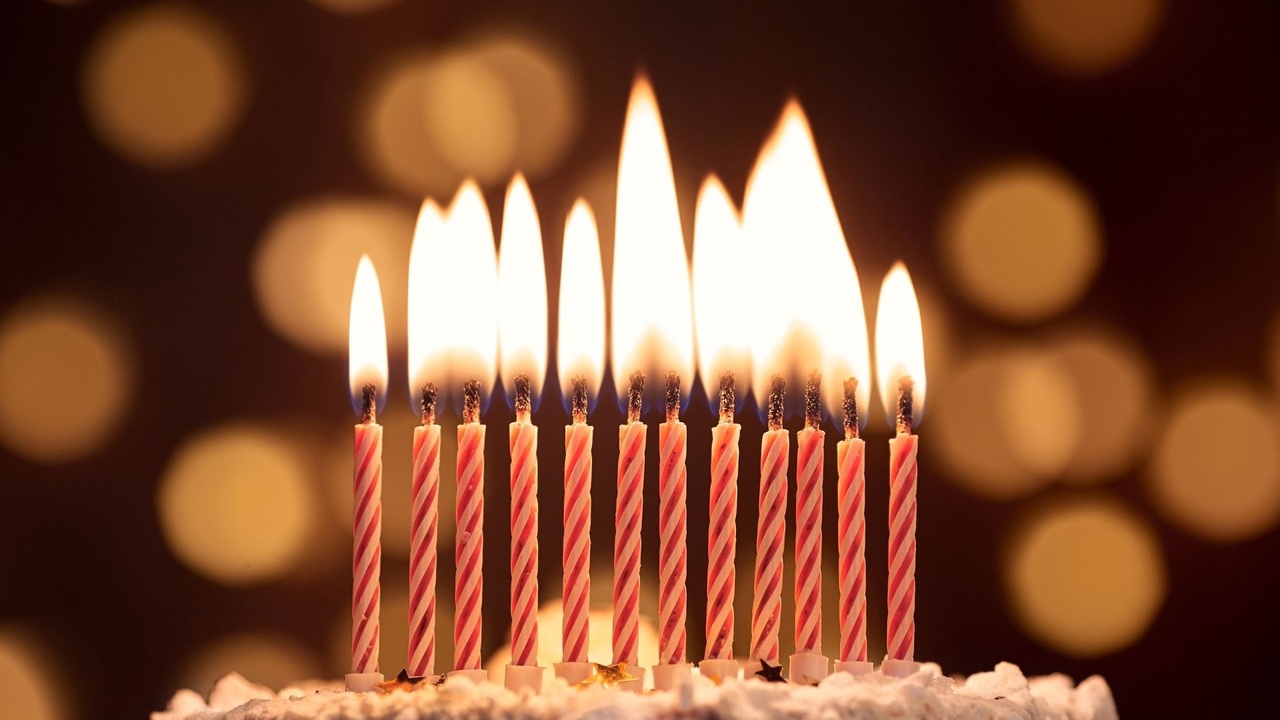The “Birthday Candle” Technique To Ease Shortness of Breath

If you’ve ever experienced shortness of breath, you know how frightening it can be.
According to the Global Initiative for Chronic Obstructive Lung Disease, hundreds of millions of people suffer from serious breath-shortening lung issues like:
- Asthma
- Chronic obstructive pulmonary disease (COPD)
- Lung cancer
- Pneumonia
- Tuberculosis
- And now, of course, COVID-19
While each of these conditions present their own unique challenges, they all make it harder for your lungs to get the oxygen you need.
Fortunately, there’s an easy technique you can use to help ease shortness of breath naturally—whenever and wherever you need to.
Your respiratory system’s many functions
It’s important to take care of your lungs and respiratory system, as they’re responsible for a slew of vital functions including:
- Delivering oxygen to your bloodstream and cells so they can survive
- Excreting harmful substances by filtering, coughing or sneezing them out
- Enabling you to talk and smell
- Helping to maintain optimal body temperature by adjusting air
- Moisturizing the air you breathe to its proper humidity levels
- Removing waste gases like carbon dioxide from your body
And when any of these processes aren’t working optimally, it can make breathing a real challenge.
Take asthma, for example…
Triggers for reduced airways
As someone with asthma, I know that awful feeling during an attack of not being able to get enough air into your lungs.
The lining of the lung airways in people with asthma can be hypersensitive—especially if you have chronic asthma. And like a bad sunburn, the lining gets red, swollen, and inflamed.
And when lung irritants—like allergens, chemical irritants, dust, pet dander, pollen, smoke, or even very cold/very hot air—irritate this sensitive lung lining, it can trigger an asthma attack (or often exacerbate symptoms of other lung diseases, like pneumonia).
These irritants make your airways even more inflamed and swollen, causing them to shrink and limiting the amount of air that can pass through.

IMAGE SOURCE: iStock
It only took one time of not having my inhaler during an asthma attack to set me straight.
I was out on a run and just a few miles from home when I had a sudden tree pollen-induced asthma attack. I was alone, and I was terrified.
Fortunately, one strategic breathing technique helped to quell my symptoms enough for me to get back home and get my inhaler (which, by the way, I now carry with me at ALL times).
Ease shortness of breath with the "Birthday Candle" technique
What got me through my asthma attack was remaining as calm as possible. And to do that, I leaned into my regular daily practice of slow, deep breathing.
Deep breathing activates your body’s parasympathetic nervous system, which works to bring you back into a calm, collected state.
The specific technique I used during my asthma attack is called pursed lip breathing. I call it "Birthday Candle" breathing as you'll see in a second.
(However, I want to be clear: This is not a substitute for inhalers or medication. If you have a lung condition, always be sure you have your medication with you!)
Here’s how to do it:
1. Sit up with your spine straight. Relax your jaw and shoulders.
2. Inhale deeply through your nose for two seconds. Your belly should extend outward.
3. As you exhale, purse your lips like you’re blowing out candles on a birthday cake, but do so very slowly.
Your exhalation needs to be twice as long as your inhalation.
4. Repeat this cycle for as long as you need to. As always, take your time, don’t strain, and always listen to your body.
Of course, this technique isn’t just good for getting you through an asthma attack. In fact, if you practice it regularly, over time, you can build up lung strength and expand your lung capacity.
To increase your lung capacity, focus on how long you’re inhaling and exhaling, then increase the duration of each gradually—always making the exhalation twice as long as the inhalation. For instance:
- Breathe in for 3 seconds and exhale for 6 seconds.
- Breathe in for 4 seconds and exhale for 8 seconds.
- Breathe in for 5 seconds and exhale for 10 seconds.
I encourage you to try out these exercises to not only improve your lung capacity, but also reduce stress—especially in these trying times.
Here’s to breathing a little easier.
Be Well,
Jim Donovan M.Ed.
SOURCES:
American Lung Association. (2020). How Lungs Work. Lung.org. Retrieved from:
https://www.lung.org/lung-
Pursed Lip Breathing. (2018). Cleveland Clinic. Retrieved from:
clevelandclinic.org/health/
Respiratory System. (2020). Cleveland Clinic. Retrieved from:
my.clevelandclinic.org/health/
University of Utah Asthma Center. (n.d.) Understanding Asthma. Utah Astha Task Force. Retrieved from:
health.utah.gov/asthma/pdfs/
WebMD. (2020). Lung Diseases Overview. WebMD.com. Retrieved from: webmd.com/lung/lung-diseases-overview
FDA Compliance: The information on this website has not been evaluated by the Food & Drug Administration or any other medical body. We do not aim to diagnose, treat, cure or prevent any illness or disease. Information is shared for educational purposes only. You must consult your doctor before acting on any content on this website, especially if you are pregnant, nursing, taking medication, or have a medical condition.
The material provided on this site is for educational purposes only and any recommendations are not intended to replace the advice of your physician. You are encouraged to seek advice from a competent medical professional regarding the applicability of any recommendations with regard to your symptoms or condition.
Copyright © 2022 by Blue Beat Media. Thank you for your interest in Jim Donovan / Jim Donovan Music. We do not allow republication of our full newsletters and articles. However, you can post a portion (no more than 90 words, 1-2 paragraphs) of our content with a live link back to our homepage, donovanhealth.com, or a link to the specific article you are quoting from.
About the author:
Jim Donovan M.Ed. is a multi-platinum musician, educator and TEDx speaker.
His mission is to share the restorative power of music through education and performance.
Donovan is an Assistant Professor and Director of Music and Wellness at Saint Francis University.
His viral TEDx Talk "How to Trick Your Brain Into Falling Asleep" has been viewed over 6 million times to date.
He currently performs with his band The Sun King Warriors who can best described as as a blend of rhythm heavy roots rock, with a strong dose of big barreling drums.
Jim Donovan got his start as a founding member of the multi-platinum selling band Rusted Root.
There he co-wrote the song “Send Me on My Way” featured in the movies "Ice Age", "Matilda" and the Netflix series "New Girl".
During his time with the band 1990-2005, he recorded and released seven full length albums. Including "When I Woke" (3x platinum).
He also had the honor of sharing the stage with many of his musical influences and heroes including Robert Plant and Jimmy Page of Led Zeppelin (1995 US/UK tour), Carlos Santana (1997/2002 US tour), The Allman Brothers Band (1995/96 US tour), The Grateful Dead (1995 Three Rivers Stadium in Pittsburgh, PA) and many others.
Send Me On My Way also became the first song on Mars where it “woke up” NASA’s Mars Rover.



